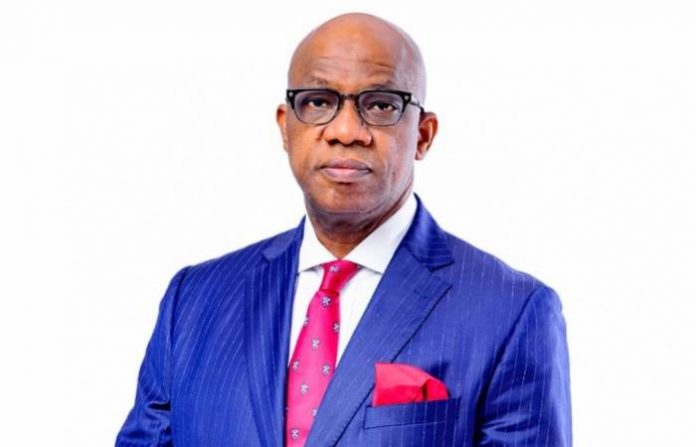Ogun State Government Approves the Appointment of New Traditional Rulers
Ogun State Government has approved the appointment of three new traditional rulers in the state.
The appointments were made during the meeting of the State Executive Council held on Monday at the governor office, Oke Mosan, Abeokuta.
The new traditional rulers, include Prince Agboola Elijah Akanni Sogbayi as the Baale of Orile Oko; And Chief Sifianu Sunday Adisa Jolaosho as the Olu of Wasinmi.
Also appointed was Prince Azeez Akinpelu Ajiro as the Oja of Ago Shasha.
The appointments take immediate effect.
Nigerian traditional rulers often derive their titles from the rulers of independent states or communities that existed before the formation of modern Nigeria.
Although they do not have formal political power, in many cases they continue to command respect from their people and have considerable influence in their community.
Read Also:
Though their bearers usually maintain the monarchical styles and titles of their sovereign ancestors, both their independent activities and their relations with the central and regional governments of Nigeria are closer in substance to those of the high nobility of old Europe than to those of actual reigning monarchs.
Modern Nigeria encompasses lands traditionally occupied by highly diverse ethnic groups with very different languages and traditions.
In broad terms, the southeast was occupied mainly by Igbo, the Niger Delta by Edo and Igbo related people, the southwest by Yoruba and related people and the north by Hausa and Fulani people, with a complex intermingling of different ethnic groups in the Middle Belt between north and south.
In total there were (and are) more than 200 distinct ethnic groups.
Before the arrival of the British in the late 19th century, the history of the area was turbulent, with periods when empires such as those of Oyo, Benin, Kanem-Bornu and Sokoto gained control over large areas, and other periods when the states were more fragmented.
Although political structures differed widely between different ethnic groups, it was common for each town or collection of towns to have a recognized ruler, who might in turn be subordinate to the ruler of a larger polity.
Thus the Sokoto caliphate was divided into emirates, with the emirs loosely subordinate to the Sultan of Sokoto, although at times acting as independent rulers.





